As a fruit that is mainly consumed domestically, the output is unstable, so fundamental solutions are needed for pomelo growers to stabilize the output every harvest season.
Sweet oranges are sold at Vi Thanh rural market at a price of about 4,000 VND/kg.
Cheap… like free
Present at Vi Thanh market early in the morning to buy food for her family and get to work on time for the morning shift, Ms. Ut Lien, in Ward III, pointed to a huge bag of oranges about ten kilos in her car and said: “This morning, I saw that oranges were so cheap that I bought them to make juice for the kids to drink to get vitamins. I bought a dozen kilos for only 40,000 VND. I bought them when they were cheap, but seeing farmers grow and sell them like that, I feel sorry for them.”
Not far away, Le Thanh Phong, an orange trader, was busy giving bags to customers to choose from and inviting them to buy to support him. He said he brought hundreds of kilos of oranges to Vi Thanh market to sell for a little capital. Seeing the oranges gradually disappear, this trader was not very happy.
“The oranges are 3,000-4,000 VND/kg. In the garden, they are 1,000 VND/kg, the real oranges. The oranges are beautiful, picked from the tree, 1kg/1,000 VND, carried to the car, there is no difference, only one price, labor is not included. Farmers now let us go into the garden to pick and buy freely and then cut them down, why keep them? It’s too cheap, we lose money,” said Mr. Phong.
That is the sentiment of both buyers and traders, and for those who are growing oranges, the sadness is evident. The farmer has been growing 1 hectare of oranges for 6 years, and plans to supply the market with about 20 tons of fruit from now until Tet. However, with the current price and cost situation, Mr. Truong Minh Khanh, in Phuong Phu commune, Phung Hiep district, has been very sad these past few days.
“Traders only pay 2,000 VND/kg so I haven’t decided to sell. This orange garden ripens slowly, now by Tet there will probably be about 20 tons but the price is too low. Seeing that there are already a bunch of ripe fruits, I will ask the traders to sell them. This time I invested about 60 million VND here but at this price, I will lose money. At this rate, I will switch to other crops next year,” said Mr. Khanh.
As for Mr. Nguyen Van Cong, in Hiep Hung commune, Phung Hiep district, with more than 30 hectares of land, of which more than 60% is planted with oranges. However, he has intercropped about 300 durian trees on this area to make short-term profits. Mr. Cong shared: “Orange trees are not very popular now. Farmers are suffering because they have to depend on the market. Gardeners cut down a lot of oranges, some grow lemons, some use land to grow sugarcane, some use land to grow papaya, all kinds of things.”
Conversion according to planning
It can be seen that in recent years, the movement of growing oranges has developed widely in many places in the Mekong Delta. The reason is that many people think that this is a type of crop that only needs to be planted for a few years to bear fruit, bringing high income in the short term, especially in the off-season. However, remember that at the beginning of this year, many people were "scared" because the price of oranges suddenly dropped sharply to about 2,000-5,000 VND/kg, and had to ask for help.
Although Hau Giang does not have the hot development of orange trees like some other localities, people in Phung Hiep district and Nga Bay city have also chosen this crop to develop the economy in recent times. The recent price drop of oranges, according to experts, stems from supply exceeding demand. This fruit is mainly consumed in the domestic market, people still cultivate it in the traditional way, and oranges cannot be preserved for long. In addition, some diseases also affect the quality of trees and oranges.
Mr. Tran Van Tuan, Head of the Department of Agriculture and Rural Development of Phung Hiep district, said: Locally, the area of sanh oranges is mainly grown in Long Thanh, Tan Long, Thanh Hoa communes with an area of several thousand hectares. The area of sanh oranges has decreased significantly, people have switched to jackfruit, durian and some other crops. Because the sanh oranges often suffer from yellow leaves and root rot. The district also has a plan to grow sanh oranges to diversify the ecosystem and crops, but the area is not large," Mr. Tuan added.
Whether it is oranges or any other crop, research for sustainable development is always a must. To develop oranges sustainably, long-term solutions are needed. People need to grasp information from the market, cultivate according to the planning and recommendations of local authorities, and not develop massively to avoid oversupply, market congestion, and unstable prices.
Article and photos: MONG TOAN
Source


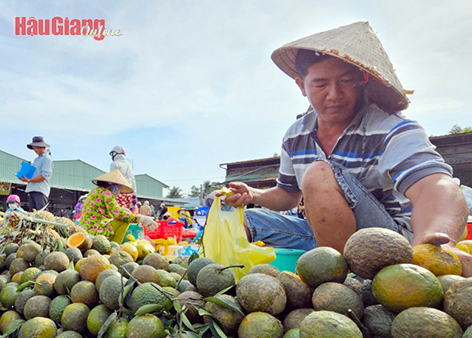

![[Photo] Prime Minister Pham Minh Chinh receives a bipartisan delegation of US House of Representatives](https://vphoto.vietnam.vn/thumb/1200x675/vietnam/resource/IMAGE/2025/5/28/468e61546b664d3f98dc75f6a3c2c880)


![[Photo] Vietnamese and Hungarian leaders attend the opening of the exhibition by photographer Bozoky Dezso](https://vphoto.vietnam.vn/thumb/1200x675/vietnam/resource/IMAGE/2025/5/29/94d8ceca5db14af3bf31285551ae4bb3)
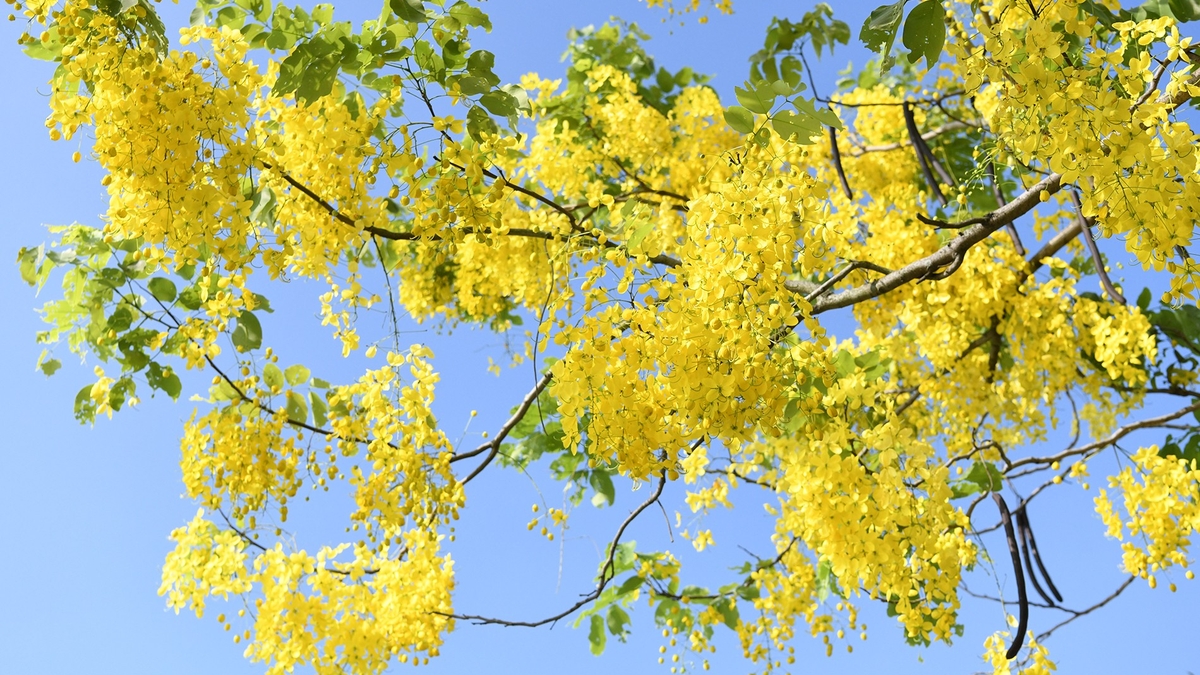
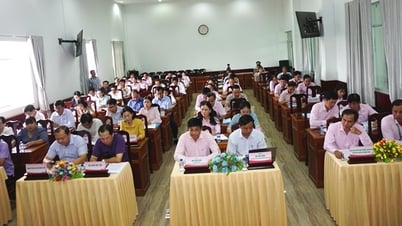















![[Photo] 12th grade students say goodbye at the closing ceremony, preparing to embark on a new journey](https://vphoto.vietnam.vn/thumb/1200x675/vietnam/resource/IMAGE/2025/5/28/42ac3d300d214e7b8db4a03feeed3f6a)







































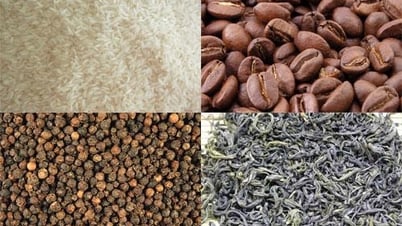

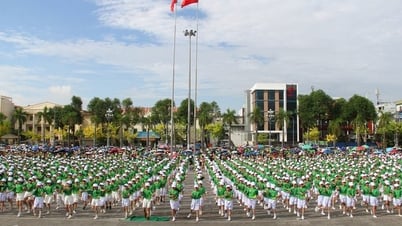
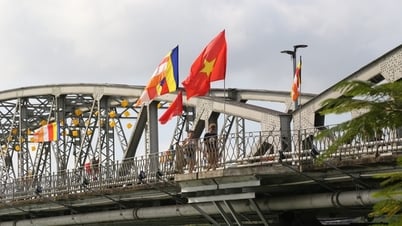


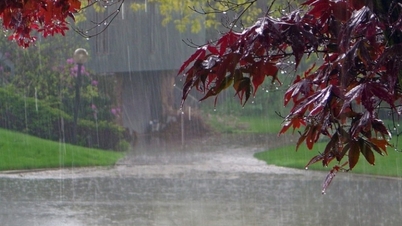





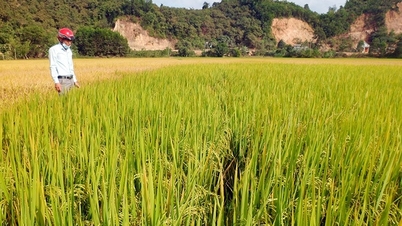












Comment (0)